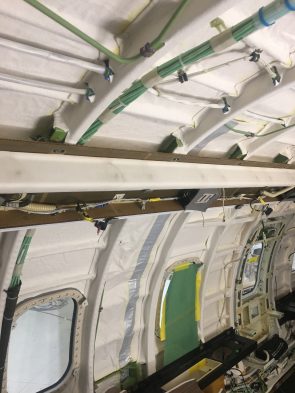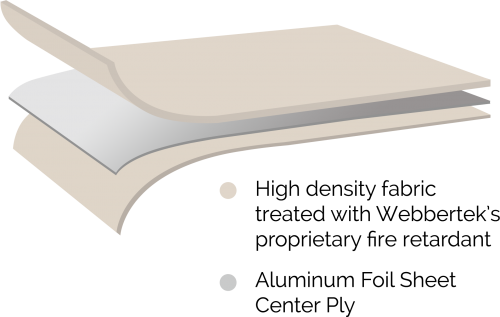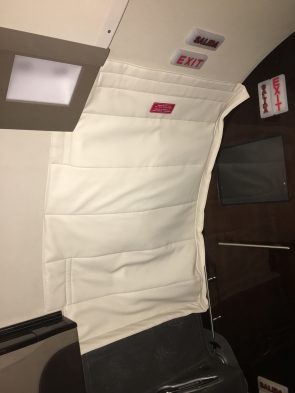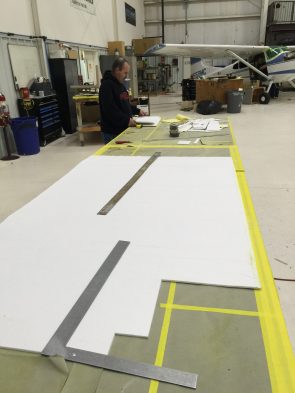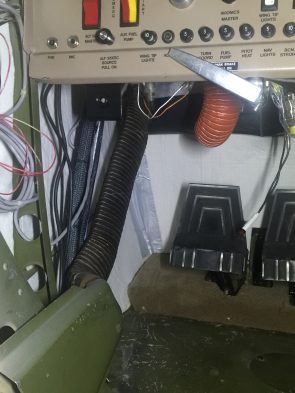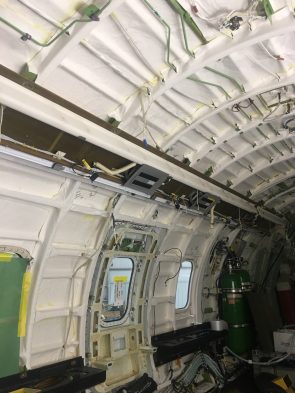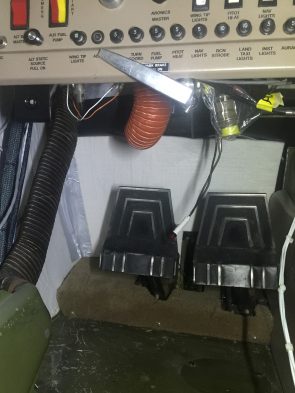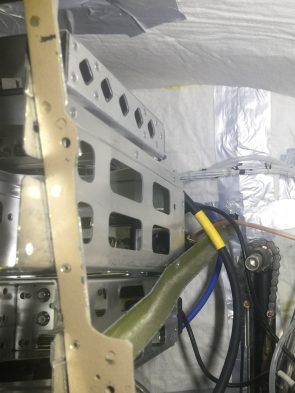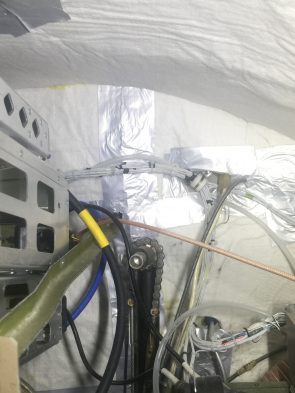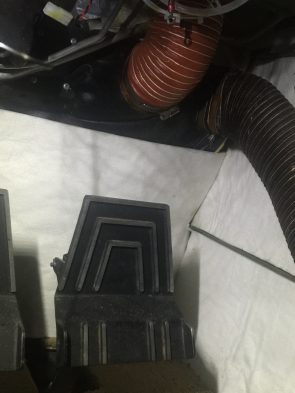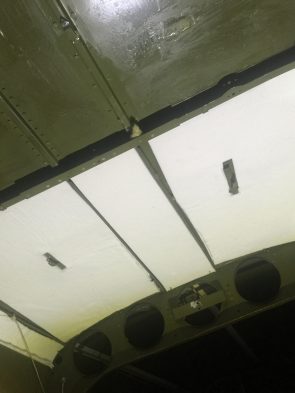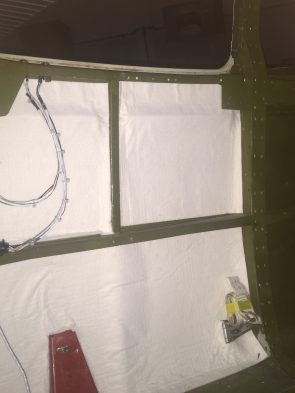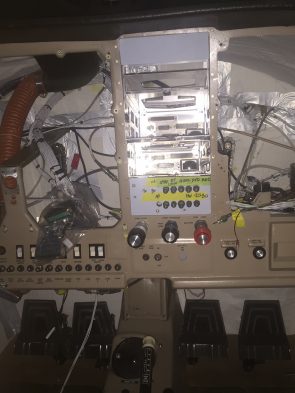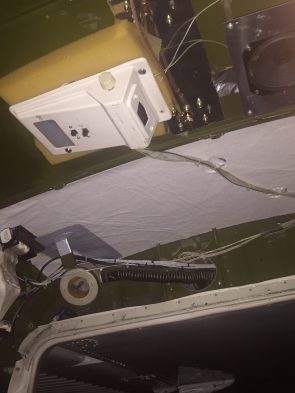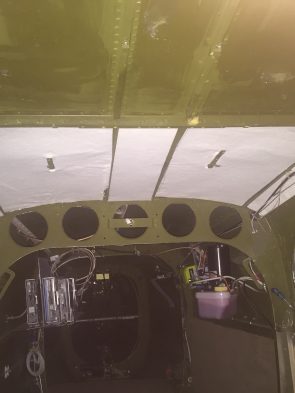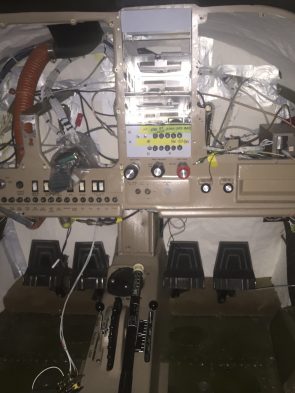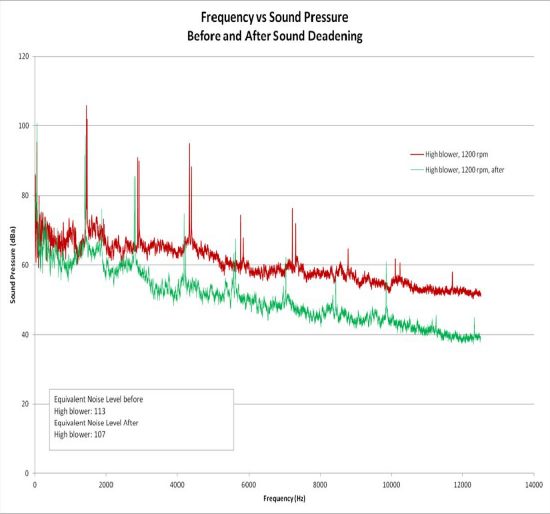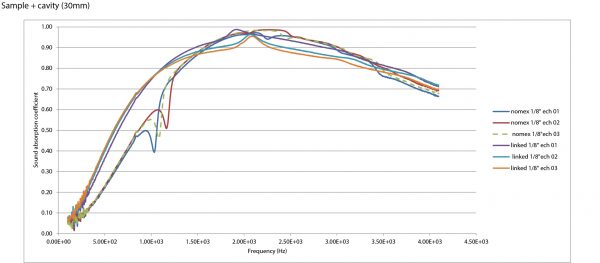The PROTEK 5000 consists of two piles of high density fabric surrounding a center ply of aluminum foil, Alloy AA, O Temper, 0.000275 Mil that together produces a blanket that will not burn, will not produce smoke, will not retain moisture, has high noise reduction capabilities and high thermal properties.
The blanket is approximately 1/4” thick in 4’x10’ sheets. The blanket is easy to cut to size with a box knife. The weight of the blanket is approximately 5 oz/sq. ft. The weight difference between Fiberglass and PROTEK 5000 depends on the existing insulation installed in the aircraft. The weight increase in a Cessna Caravan 208B was 18 pounds and in most jets you will see a reduction in weight by switching to PROTEK 5000.
PROTEK 5000 has been installed by Capital Aviation in over 300 aircraft. Some of the make and models are Astra 1125, Cessna Caravan 208 and 208B, Citation 560XL, 650 & 750, Falcon 20, 50, 900B, & 2000, Gulfstream GIV, V, & 550, Lear 40/45 & 55/60, Phenom 100 & 300 and Westwind 1124. Also, PROTEK 5000 has been installed in military transport pods.
PROTEK 5000 requires a burn test approval for each aircraft installation. The following burn tests have been passed with exceptional results for the aircraft mentioned above:
FAA FAR 25.853 Appendix F, Part I for Part 23 & 25 aircraft. FAA FAR 25.853 Appendix F, Part VI for Part 25 aircraft. See ACES Acoustic Insulation Test Report ( Listed Above )
The Mesa, AZ Embraer Service Center installed PROTEK 5000 in a Phenom 300 in July of 2014. The net weight gain was 39 pounds. Per the owner, the cockpit noise reduction was 9 to 11 dB (actual was 57 to 59 dB in the cockpit) and the cabin noise reduction was 4 to 6 dB. Before and after noise measurements were taken by the owner.
Capital Aviation recorded on a Cessna 185 a 46 dB noise differential with reading taken inside the cabin interior and outside at the engine while running statistically at over 90% power.
